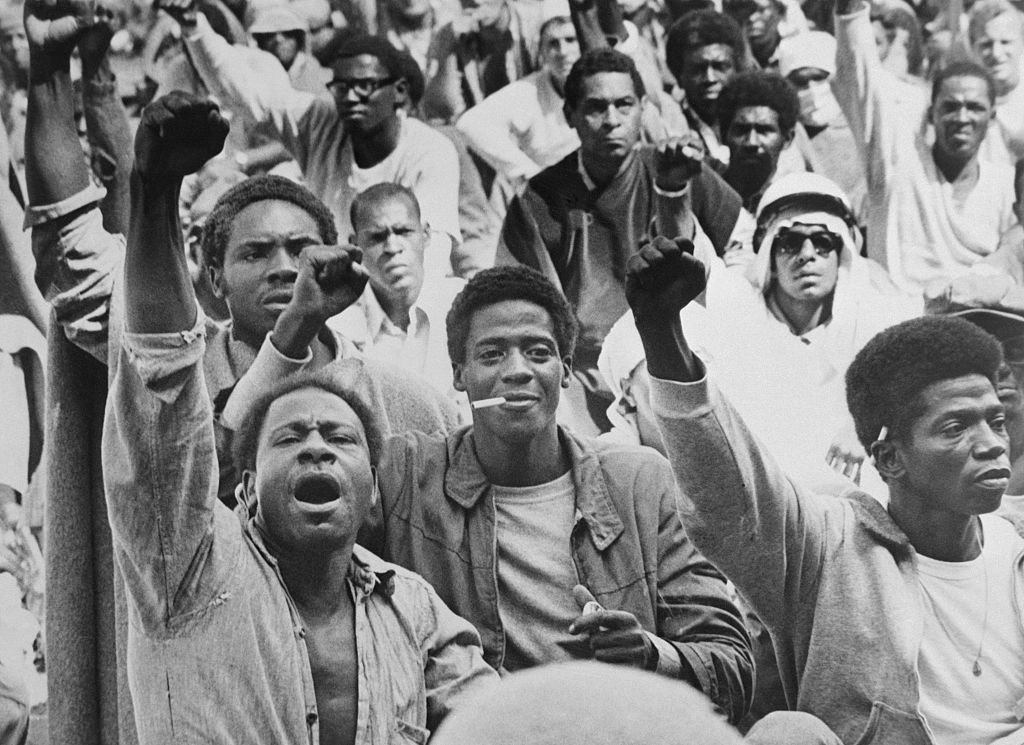UPDATED: 6:30 p.m. ET, Sept. 9, 2024
Originally published on Sept. 9, 2021
More than a half-century after one of the worst prison riots in American history, mistrust of the system lingers — especially among Black and brown people — in part because of the lies that the federal government told about the circumstances leading to what later become known as the Attica Prison Uprising.
The rebellion began 53 years ago on Sept. 9, 1971, when prisoners took over the maximum-security Attica Correctional Facility in upstate New York after years of complaints about the conditions in the prison went unacknowledged. Aside from the inhumane conditions, prisoners alleged that they were subjected to treatment based on race and religion.
Fed up with overcrowded prison cells with temperatures that soared during warmer months and froze during wintertime, among other gripes about a basic lack of humane treatment, the disproportionately Black and Hispanic prison population rebelled to take control of the correctional facility for four days. The prisoners took dozens of hostages while they negotiated with officials about their demands.
But on Day 4, law enforcement launched a raid of the prison and killed 10 hostages and 29 inmates when they opened fire at will. Dozens of others were injured.
But what happened next amounted to a calculated smear campaign against the prisoners in a racist narrative that was driven by the federal government and embraced by the mainstream media, which reported that the prisoners were the ones who carried out the killings during the raid on Sept. 13 of that year. Those reports included the false assertions that the prisoners slit the throats of those who were killed by the state police and the National Guard, as ordered by Gov. Nelson Rockefeller. Another report said a hostage was castrated.
They were all calculated lies meant to further demonize the prisoners.
“That was not true — every hostage had been killed by law…
Read the full article here



